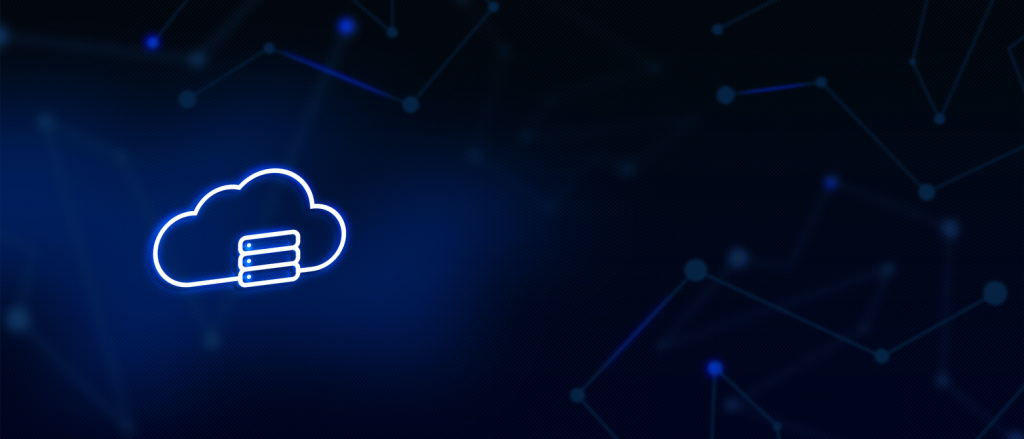In the rapidly evolving landscape of data management and analytics, two platforms have emerged as leaders: Databricks and Snowflake. Both offer robust solutions for handling vast amounts of data, but they cater to slightly different needs and use cases.
This article provides a detailed comparison of Databricks and Snowflake, highlighting their strengths, weaknesses, and key differentiators to help you determine which platform is best suited for your business needs.
Overview
Databricks is a unified analytics platform known for its ability to process large-scale data efficiently. Built on Apache Spark, it provides a collaborative environment for data engineers, data scientists, and analysts. Databricks excels in real-time data processing, machine learning, and artificial intelligence (AI) applications.
Snowflake, on the other hand, is a cloud-based data warehousing solution designed for scalability and performance. It allows organizations to store, manage, and analyze large volumes of data with ease. Snowflake’s architecture separates storage and compute, enabling flexible and cost-effective scaling.
Architecture
Databricks Architecture
- Core Engine: Based on Apache Spark, enabling fast and distributed data processing.
- Data Lake Integration: Seamless integration with data lakes, supporting both batch and streaming data.
- Collaborative Workspace: Interactive notebooks and version control for real-time collaboration among data teams.
- Machine Learning: Built-in support for MLflow, TensorFlow, and other machine learning frameworks.
Snowflake Architecture
- Cloud-Native: Designed for the cloud from the ground up, leveraging the benefits of cloud storage and computing.
- Separation of Storage and Compute: Independent scaling of storage and compute resources, optimizing performance and cost.
- Multi-Cluster Architecture: Ensures high concurrency and minimal latency for queries.
- Data Sharing: Secure and efficient data sharing capabilities within and across organizations.

Performance and Scalability
Databricks
- Real-Time Analytics: Optimized for real-time data processing and analytics, making it ideal for streaming data and IoT applications.
- Compute Power: Scales horizontally with the ability to handle massive parallel processing tasks.
- AI and ML Workloads: Designed to accelerate machine learning workflows with optimized libraries and integrations.
Snowflake
- Query Performance: Exceptional performance for complex queries and large datasets, thanks to its multi-cluster architecture.
- Elastic Scalability: Instantly scale up or down based on workload demands, ensuring optimal resource utilization.
- Concurrency: Supports high concurrency without performance degradation, making it suitable for large organizations with numerous users.
Data Management and Storage
Databricks
- Data Lakes: Natively integrates with data lakes, allowing for seamless ingestion and processing of structured and unstructured data.
- Unified Data Platform: Combines data engineering, data science, and analytics in a single platform.
- Delta Lake: Provides ACID transactions and scalable metadata handling on top of existing data lakes.
Snowflake
- Data Warehousing: Specializes in data warehousing with advanced compression and indexing techniques.
- Data Sharing: Unique data sharing capabilities that allow for secure, direct access to live data without data movement.
- Storage Efficiency: Utilizes a hybrid columnar storage format, optimizing both storage costs and query performance.

Security and Compliance
Databricks
- Security Features: Comprehensive security measures including encryption, access controls, and compliance with industry standards.
- Compliance: Meets various regulatory requirements such as GDPR, HIPAA, and SOC 2.
Snowflake
- Data Encryption: End-to-end encryption of data both in transit and at rest.
- Role-Based Access Control: Granular access controls and support for multi-factor authentication (MFA).
- Compliance: Certified for compliance with various industry standards, including GDPR, HIPAA, and PCI DSS.
Cost Efficiency
Databricks
- Pricing Model: Pay-as-you-go pricing based on the compute resources used, with discounts for reserved instances.
- Cost Management: Tools for monitoring and managing resource usage to optimize costs.
Snowflake
- Usage-Based Pricing: Charges based on the amount of data stored and the compute resources used, offering a clear and predictable pricing structure.
- Resource Efficiency: Automated scaling and suspension of compute resources to avoid unnecessary costs.
Use Cases
Databricks
- Real-Time Analytics: Ideal for applications requiring real-time data ingestion and processing.
- Machine Learning and AI: Suited for developing and deploying machine learning models at scale.
- Data Engineering: Effective for building and maintaining data pipelines.
Snowflake
- Data Warehousing: Perfect for organizations looking to consolidate and analyze large volumes of data.
- Business Intelligence: Supports advanced analytics and reporting with high concurrency.
- Data Sharing: Facilitates secure and efficient data sharing across departments and organizations.
Conclusion
Choosing between Databricks and Snowflake depends largely on your specific business needs and use cases. Databricks is a powerful technology choice for real-time analytics, data engineering, and machine learning applications, offering a collaborative platform for data teams. Snowflake excels in data warehousing, scalability, and high-performance query processing, making it ideal for organizations with extensive data analysis and reporting requirements.
Both platforms provide robust security, compliance, and cost-efficiency features, ensuring that you can manage and analyze your data securely and effectively. By understanding the strengths and capabilities of each technology platform, you can make an informed decision that aligns with your organization’s goals and technical requirements.



No Comment! Be the first one.